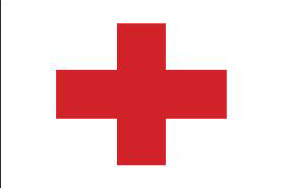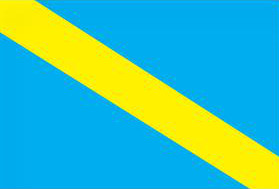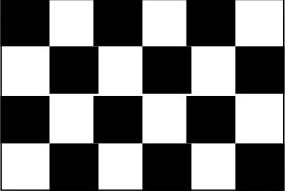Caution Flaggers
“Get Educated”
Be a part of our Get Educated program for caution flaggers
Caution flaggers are on the front line of motocross safety. It’s the most important job on the track. It’s imperative they know and clearly understand their job. The material below should be reviewed in a caution flagger meeting before every event.
View and download the following material
Understanding The Flag System
It’s very important caution flaggers know the meaning of all flags.
Caution Flagger Guidelines
When the yellow flag is waving riders cannot jump and/or pass. If a rider does jump and/or pass on the yellow flag, report that rider’s number to a track official and the rider will be docked a lap.
When a rider crashes it is your job to wave the yellow flag to warn other riders about the crash. Do not assist the rider in anyway. Even if the rider is injured. It is the EMT’s job to assist down riders.
While flagging, point to direct the riders to a safe path to ride through and avoid the crash.
A flagger must have his/her flag in hand at all times. Do not play around with the flag as a rider may think there’s a crash, when there isn’t. Keep flags held down along side of you while there’s no down rider.
When waving the flag be sure your flag is projected in a clear visible manor. Do not just wave a stick, while the flag is tangled up. The flagger and his/her flag should be clearly visible.
Be sure to be in the proper flagging position: wave the flag a good distance in front of the crash. This allows the riders adequate time to slow down. It’s important to know the speed the riders are going and understand a lot of riders ride with their head down.
A flagger must always hold their position until the danger is cleared, even if parents or fans are screaming at you to do something else.
Never leave your post unless instructed to do so. Never assume someone else will flag your area.
It could be a long day at the track. Flaggers must come prepared with appropriate clothing and apparel for the weather. Boots or shoes with ankle support are highly recommended as well as sun block & lip balm.
Flagging is dangerous, serious injury and/or death can result. Always keep your eyes on the track and be aware of your surroundings. Dirtbikes weigh 250lbs and you do not want to get hit by one.
A flagger must be alert at all times. They must be constantly looking for crashes and troubled areas.
It’s very important the flaggers communicate and help each other out. The flagging crew is a team and a successful team is everyone working together.
Be kind to the riders and their parents. They are paying customers and must be treated accordingly.
No Alcohol and/or drugs, before and while on duty. Must be at least 16 years old to flag.








